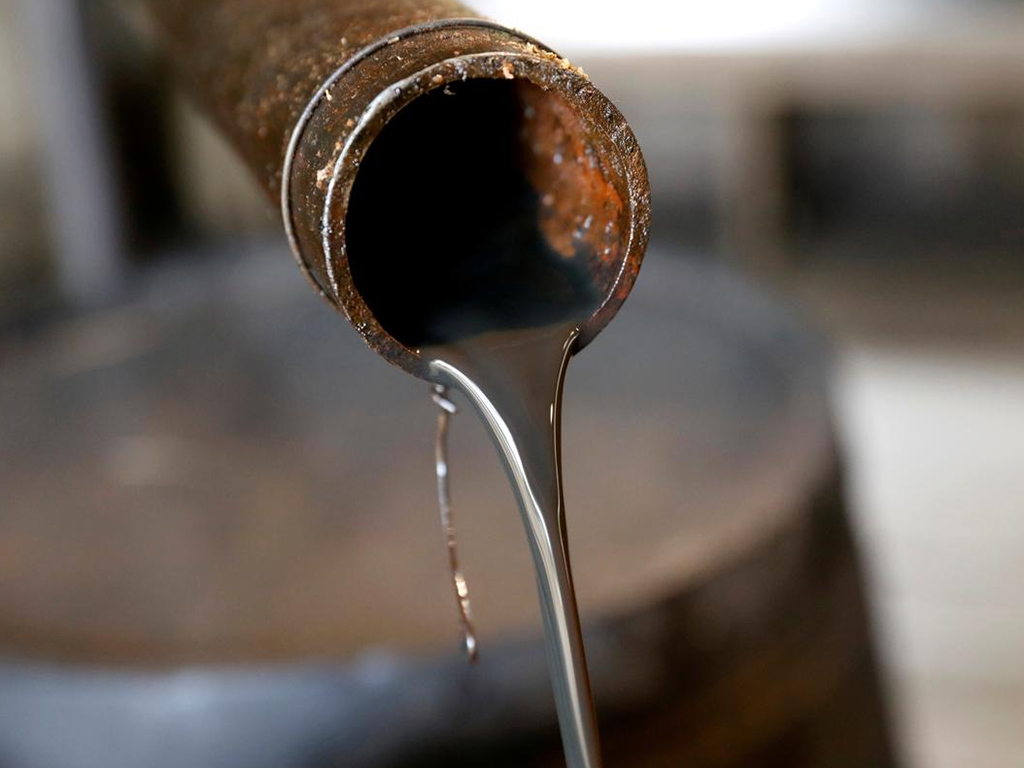Oil prices up 2 percent after output cut, but demand worries weigh

Oil prices gained 2% on Monday following a record deal among oil producers to cut the rapid rise in supply, a muted impact on the market as the coronavirus pandemic hammers demand.
The Organization of the Petroleum Exporting Countries, along with Russia and other countries - known as OPEC+ - agreed at the weekend to cut output by 9.7 million barrels per day (bpd) in May and June, representing about 10% of global supply.
In addition, several other countries will reduce output as well, in an estimated total cut of about 19.5 million bpd.
Brent futures rose 63 cents, or 2.0%, to $32.11 a barrel by 12:36 p.m. EDT (1636 GMT), while US West Texas Intermediate (WTI) crude rose 42 cents, or 1.9%, to $23.18.
Worldwide fuel consumption is down roughly 30% because of the COVID-19 pandemic that has killed more than 100,000 people worldwide and kept entire nations on lockdown.
That is expected to produce an overhang of supply for months or years even with the production cuts. That may limit oil-price gains, even after the OPEC+ deal, which took several days of negotiations to complete.
"The problem is that short-term hit to demand is likely around the 30 million bpd area, oversupplied conditions remain in place," said Edward Moya, senior market analyst at OANDA in New York. "Crude demand will not return to normal levels until 2022."
Saudi Energy Minister Prince Abdulaziz bin Salman said nations in the G20 group had pledged to cut about 3.7 million bpd and that strategic reserves purchases would reach roughly 200 million barrels over the next couple of months, bringing the total reduction to about 19.5 million bpd.
Saudi Arabia, Kuwait and the United Arab Emirates volunteered to make cuts even deeper than those agreed, which would effectively bring down OPEC+ supply by 12.5 million bpd from current levels.
The kingdom on Monday also set its May official selling prices (OSP) for crude, selling oil to Asia more cheaply and keeping prices flat for Europe while raising them for the United States.
Still, analysts cast doubts on producers' likely compliance with the production cuts, not least since Mexico got off with smaller cuts than initially demanded.
Even factoring in full compliance, concern over demand weakness served to keep a lid on oil price gains.
"The extreme losses on the demand side have only been hinted at in much of the official data thus far," said analysts at JBC Energy, in a note.
Outside of OPEC+, Canada has signalled a willingness to cut and Norway said it would decide about its cut "in the near future."
The United States, where antitrust legislation makes it hard to act in tandem with groups such as OPEC, has said that low prices mean its output would already fall by as much as 2 million bpd this year without planned cuts.
Crude futures contango - the market structure in which later-dated prices are higher than prompt supplies - widened, highlighting some optimism over the longer-term impact of the OPEC+ cuts but also current oversupply concerns.
The premium of the WTI second-month over the front-month rose to its highest since February 2009 for a fourth day in a row.



















Comments
Comments are closed.